Introduction
Jackfruit, a tropical giant native to South and Southeast Asia, has emerged as a global culinary sensation. Renowned for its versatility, this colossal fruit—which can weigh up to 80 pounds—offers a sweet, fruity flavor profile that lends itself to both savory and sweet preparations. Among its many applications, dried jackfruit stands out as a chewy, naturally sweet snack that captures the essence of the tropics. Homemade dried jackfruit, or dried jackfruit chips, offers a healthier alternative to store-bought varieties, which often contain added sugars, sulfites, or artificial preservatives. This article delves into the intricate process of crafting dried jackfruit at home, from selecting the perfect fruit to achieving the ideal texture and flavor balance. Whether you’re a seasoned food preserver or a curious home cook, this guide will equip you with the knowledge to transform fresh jackfruit into a shelf-stable, guilt-free indulgence.
Understanding Jackfruit: From Tree to Table
Before diving into the recipe, it’s essential to grasp the anatomy of the jackfruit (Artocarpus heterophyllus). The fruit’s exterior is covered in bumpy, greenish-yellow skin, while the interior houses bulbous yellow pods encased in fibrous strands. Each pod contains a large, inedible seed. For drying, only the fleshy pods are used, as they possess the highest sugar content and desired texture.
Selecting the Ideal Jackfruit
The success of your dried jackfruit begins with fruit selection. Opt for a ripe but firm jackfruit. Ripe fruit yields sweeter, more flavorful dried pieces, while overripe fruit may become too mushy during processing. Look for the following indicators:
- Aroma: A ripe jackfruit emits a sweet, fruity scent near the stem.
- Color: The skin should transition from bright green to a duller, yellowish-green.
- Texture: Gently press the skin; it should yield slightly without feeling soft or bruised.
Equipment and Ingredients
To embark on this culinary adventure, gather the following:
Ingredients:
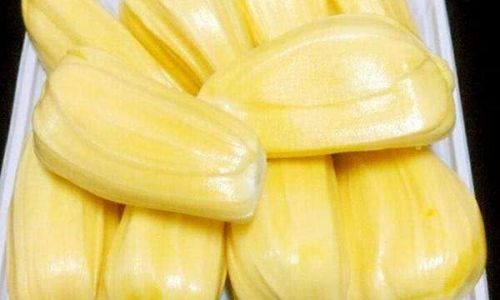
- 1 medium-sized ripe jackfruit (approximately 10–15 pounds)
- 1 cup granulated sugar (or substitute with coconut sugar, honey, or maple syrup for a refined sugar-free option)
- 2 cups water
- 1 tablespoon lemon juice (to prevent browning and enhance flavor)
- Optional: 1 teaspoon salt, 1/2 teaspoon ground cinnamon, or 1/4 teaspoon chili powder for flavor variation
Equipment:
- A large, sharp knife
- Cutting board
- Mixing bowls
- Medium saucepan
- Slotted spoon
- Baking sheets
- Parchment paper or silicone baking mats
- Oven or food dehydrator
- Plastic wrap or beeswax cloth (for covering the cutting board)
- Gloves (to protect hands from the fruit’s sticky latex)
Step-by-Step Preparation
Preparing the Jackfruit
Jackfruit’s sticky latex poses a unique challenge during preparation. To minimize mess:
- Oil your knife, cutting board, and hands liberally with coconut or vegetable oil.
- Lay down plastic wrap or a beeswax cloth on your work surface for easy cleanup.
- Wear gloves to protect your skin from the latex.
Cutting the Jackfruit:
- Place the jackfruit on its side and slice it lengthwise into two halves.
- Remove the central core (the fibrous, inedible portion) using a spoon or your knife.
- Separate the fleshy pods from the core and fibrous strands. Discard the core and strands.
- Isolate the seeds from the pods (optional: save the seeds for roasting or boiling).
Slicing the Jackfruit Pods
Using a paring knife, trim any remaining fibrous material from the pods. Slice each pod into uniform strips or wedges, approximately 1/4-inch thick. Uniformity ensures even drying.
Preparing the Syrup
The syrup serves a dual purpose: it enhances sweetness and acts as a preservative. In a medium saucepan, combine:
- 1 cup sugar
- 2 cups water
- 1 tablespoon lemon juice
Stir gently and bring the mixture to a simmer over medium heat. Once the sugar dissolves, add the jackfruit slices, ensuring they’re submerged. Simmer for 20–30 minutes, or until the slices become translucent and tender. This step softens the fruit and infuses it with flavor.
Cooling and Draining
Using a slotted spoon, transfer the jackfruit slices to a colander. Allow them to drain for 10–15 minutes, gently shaking to remove excess syrup. Pat the slices dry with a clean kitchen towel to accelerate the drying process.

Drying Methods: Oven vs. Dehydrator
Oven Method:
- Preheat your oven to the lowest setting (ideally 135–150°F or 57–65°C). If your oven lacks a low-temperature setting, prop the door open slightly with a wooden spoon to regulate heat.
- Line baking sheets with parchment paper or silicone mats.
- Arrange the jackfruit slices in a single layer, ensuring they don’t overlap.
- Dry for 6–8 hours, flipping the slices every 2 hours to promote even dehydration.
- Test for doneness: the slices should be leathery, chewy, and free of moisture.
Dehydrator Method:
- Set your dehydrator to 135°F (57°C).
- Place the slices on dehydrator trays, leaving space between them for airflow.
- Dry for 8–12 hours, checking periodically. Thicker slices may require additional time.
Cooling and Storage
Once dried, allow the jackfruit to cool completely on the trays. Transfer the pieces to airtight containers, such as glass jars or resealable bags. Store in a cool, dark place for up to 6 months. For extended shelf life, refrigerate or freeze.
Troubleshooting Common Issues
- Sticky Texture: If slices remain sticky, they need more drying time. Return them to the oven or dehydrator.
- Uneven Drying: Rotate trays every 2 hours to ensure consistent heat distribution.
- Browning: Excessive browning indicates overcooking. Reduce oven temperature or dehydration time.
Flavor Variations and Enhancements
Elevate your dried jackfruit with these creative twists:
- Spiced Jackfruit: Add 1/2 teaspoon ground cinnamon, nutmeg, or cardamom to the syrup.
- Savory-Sweet: Toss dried slices with a pinch of chili powder, lime zest, and sea salt.
- Chocolate-Dipped: Melt dark chocolate and coat half of each slice for an indulgent treat.
- Smoky Flavor: After drying, lightly smoke the slices over applewood or hickory chips.
Health Benefits of Dried Jackfruit
Beyond its delectable taste, dried jackfruit boasts impressive nutritional credentials:
- Fiber-Rich: A 1/4-cup serving provides 3 grams of dietary fiber, aiding digestion.
- Vitamin Powerhouse: Rich in vitamin C, vitamin A, and B-complex vitamins.
- Mineral Content: Contains potassium, magnesium, and iron.
- Low in Fat: A guilt-free snack with minimal fat content.
Culinary Applications
Dried jackfruit transcends mere snacking. Incorporate it into:
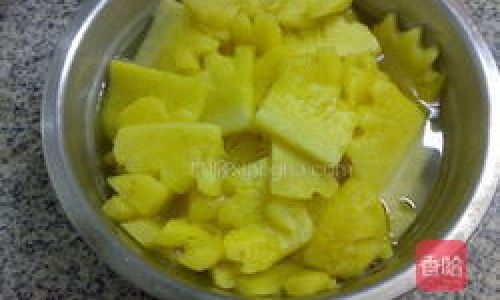
- Trail Mixes: Combine with nuts, seeds, and dried berries.
- Baking: Chop into energy bars, granola, or muffins.
- Salads: Add a tropical twist to green salads with avocado and citrus.
- Desserts: Use as a garnish for ice cream, panna cotta, or cheesecake.
Comparing Homemade vs. Store-Bought Dried Jackfruit
While commercial varieties offer convenience, homemade dried jackfruit shines in several areas:
| Criteria | Homemade | Store-Bought |
|———————|—————————-|—————————|
| Sweetness | Natural, customizable | Often overly sugary |
| Additives | None (if unsweetened) | Sulfites, preservatives |
| Texture | Customizable (chewy/crispy)| Uniformly chewy |
| Cost | Moderate (initial setup) | Expensive (per ounce) |
| Flavor Depth | Rich, tropical | One-dimensional |
Preserving the Tropics: A Sustainable Choice
By drying jackfruit at home, you contribute to sustainability in two ways:
- Reducing Food Waste: Utilize the entire fruit, including seeds and fibrous strands (compost the latter).
- Lowering Carbon Footprint: Avoid the packaging and transportation emissions linked to store-bought snacks.
Conclusion
Crafting dried jackfruit is a labor of love that rewards you with a versatile, nutrient-dense snack embodying the tropics’ essence. Whether you opt for the oven or dehydrator method, the key lies in patience and attention to detail. Experiment with flavors, share your creations, and savor the satisfaction of preserving nature’s bounty. As you embark on this culinary journey, remember that each chewy bite encapsulates the sun-drenched orchards where jackfruit thrives—a testament to the magic of transforming simplicity into extraordinary delight.
Final Tips for Perfection
- Test Doneness: Over-drying yields brittle chips, while under-drying risks spoilage. Aim for a leathery texture.
- Batch Preparation: Double the recipe and freeze excess syrup for future use.
- Latex Removal: After cutting, wipe your knife with oil to remove residual latex.
With this guide in hand, you’re now equipped to master the art of dried jackfruit—a testament to the fusion of tradition and innovation in your kitchen. Happy preserving!
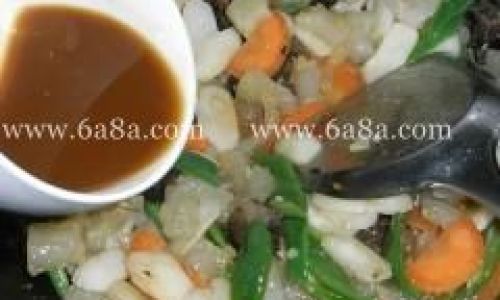
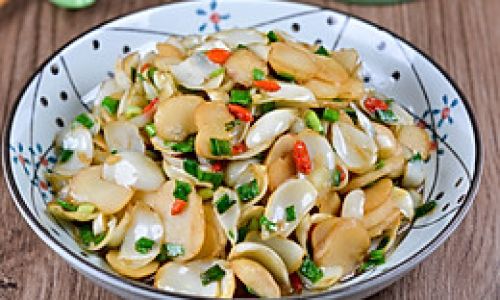
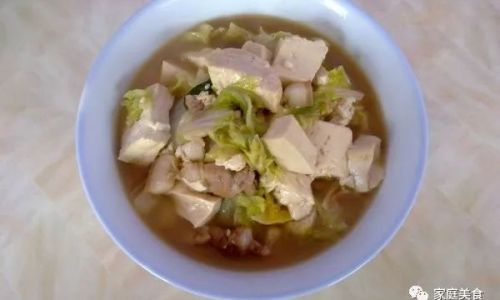
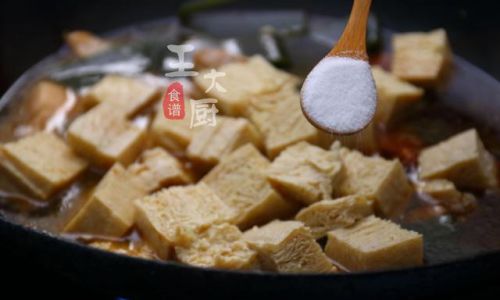
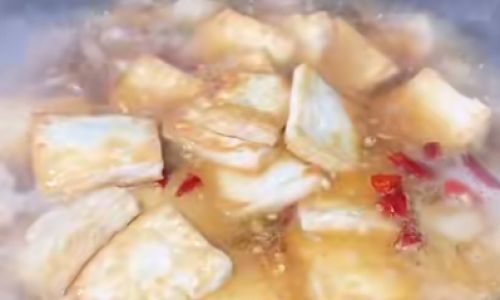
0 comments